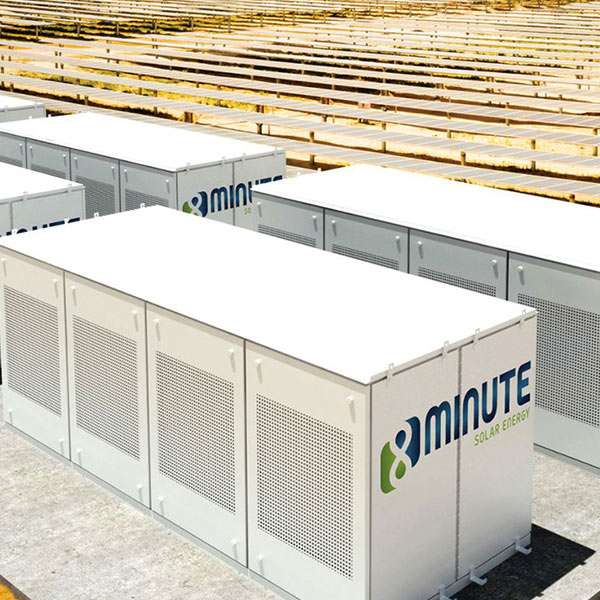The Maryland Public Service Commission on Thursday approved Skipjack Offshore Energy’s decision to use fewer, larger turbines in its offshore wind project, rejecting objections by Ocean City officials.
The PSC awarded offshore wind renewable energy credits (ORECs) for the 120-MW Skipjack project and the 248-MW US Wind project in May 2017.
Skipjack had initially proposed using Siemens’ 8-MW turbine but said the selection was subject to change because of continuing improvements in turbine design. In June 2019, Skipjack notified the PSC that it would switch to General Electric’s new 12-MW Haliade-X turbine, prompting the commission to solicit comments and hold a public hearing on the change. Skipjack said the Haliade-X would produce more power in medium-wind speeds and increase the project’s capacity factor.
The Maryland Energy Administration, the Office of People’s Counsel and the commission’s technical staff all supported the switch to the larger turbine, saying it is more efficient and could reduce costs for ratepayers.
In its order Thursday, the commission concluded that the change is consistent with the Maryland Offshore Wind Energy Act and the public interest because it will allow Skipjack to use only 10 or 12 turbines instead of 15.
The order selecting Skipjack “includes dozens of conditions whose purpose was to mitigate risk to ratepayers and maximize value to the state of Maryland. Included therein is the requirement that Skipjack utilize ‘best commercially reasonable efforts to minimize the daytime and nighttime viewshed impacts’ of its project, ‘including through reliance on best commercially available technology at the time of deployment,’” the commission wrote.
It also said the Haliade-X is “well-suited to the wind conditions in the Mid-Atlantic where low- to medium-wind speeds predominate.”
Ocean City contended the larger turbines would have a negative visual impact because they are three times taller than the highest building in the city.
With the new design, the diameter of the turbines’ rotors will increase from 590 feet to 721 feet, and the tip height will increase from 641 feet to 853 feet. But the commission noted the 12-MW turbine layout will take up just 7% of the visible horizon from Ocean City versus 18% in the 8-MW configuration. In addition, the nearest turbine will be 21.5 or 22.7 miles from shore versus 19.5 miles as originally planned.
The commission rejected Ocean City’s request to order Skipjack to move the wind farm to 33 miles offshore.
“First, the Maryland Offshore Wind Energy Act of 2013 requires that offshore wind turbines be placed between 10 and 30 miles off the coast of the state. If the project is located beyond those geographical constraints, it is not eligible for ORECs approved by the commission,” the PSC said. “Second, the Skipjack project must also be located within the specific area of federal waters leased to Skipjack by [the U.S. Bureau of Ocean Energy Management]. BOEM determined the location of the Delaware Wind Energy Area through a multiyear research and review process, which included intergovernmental stakeholder input, including state and local governments along the Delmarva coast. BOEM also considered the location of shipping lanes and other existing uses of the federally regulated outer continental shelf. That multiyear endeavor should not be easily disregarded by the commission.”
The PSC, however, scolded Skipjack for what it said were “deficient” outreach efforts to stakeholders. “Skipjack’s engagement with Ocean City appears meager. For example, Mayor [Richard W.] Meehan testified that Skipjack has not provided routine outreach to Ocean City representatives or stakeholders for the past several years.”
It ordered the developers to “re-engage” with stakeholders and provide the commission reports on its efforts every six months.


